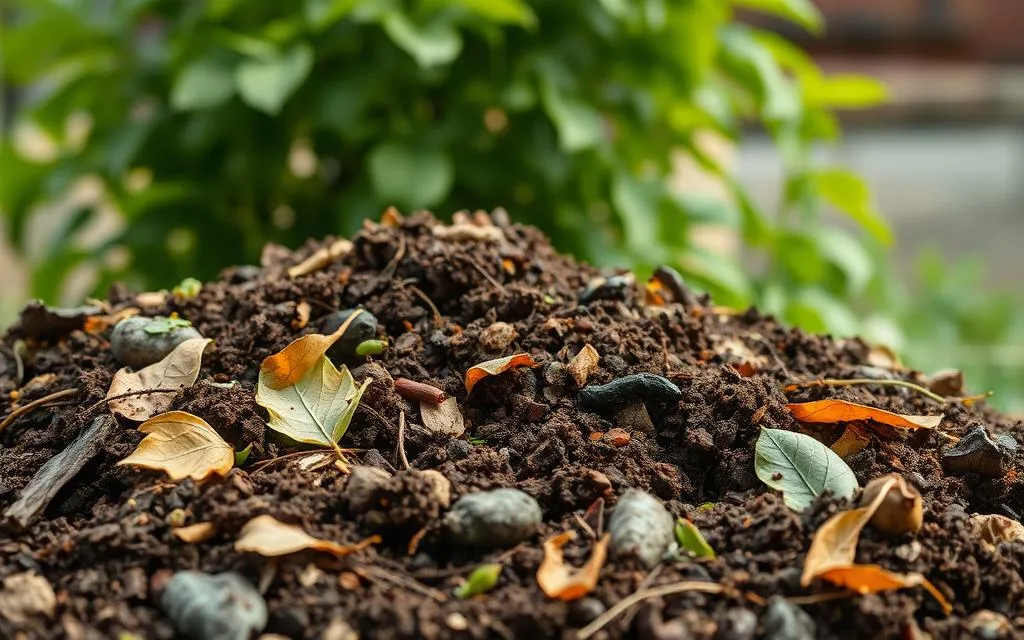envirocarecentral.com. How to Plant Coconut Tree in Your House? – Learn how to plant a coconut tree step by step. Discover the secrets to successful coconut tree cultivation. Find expert tips for growing healthy coconut trees. Planting a coconut tree may seem like a tropical dream, but with the right knowledge and a little patience, you can turn that dream into reality. Whether you’re an experienced gardener or a novice, this comprehensive guide will take you through the entire process of planting and caring for a coconut tree. So, let’s dive into the details of how to plant a coconut tree successfully. Coconut Tree The coconut tree, scientifically known as Cocos nucifera, is a tropical and subtropical plant species that is famous for its various uses and its association with picturesque beach landscapes. It is often referred to as the “tree of life” due to the multitude of products and benefits it provides to both humans and the environment. Preparing for Planting Selecting the Right Location To start your journey in planting a coconut tree, it’s essential to choose the right location. Coconut trees thrive in tropical and subtropical climates, so make sure your region is suitable. Look for a sunny spot in your garden with well-draining soil. Soil Preparation Coconut trees prefer sandy, loamy soil. Ensure the soil is well-draining, as coconut trees don’t tolerate waterlogged roots. You can improve drainage by adding organic matter and compost. Gathering the Necessary Tools Before getting your hands dirty, gather the necessary tools and equipment, such as a spade, gloves, coconut seeds, and a water source. Having everything ready will make the planting process smoother. Keep Reading : How to Propagate Corn Plant in The Yard? How to Plant Coconut Tree Choosing the Right Coconut Select a mature coconut with a hard, brown shell. Shake it to ensure it has liquid inside, indicating it’s still viable. If you can, get a coconut from a local nursery or garden center, as they are more likely to sprout successfully. Germinating the Coconut To germinate the coconut, follow these steps: Fill a container with water. Soak the coconut in the water for 2-3 days. After soaking, place the coconut in a warm, sunny spot to allow it to sprout. This can take several weeks. Preparing the Planting Hole Dig a hole that is about 2 feet deep and 2 feet wide. Ensure the hole is well-draining by adding sand and organic matter. Create a small mound in the center of the hole for planting. Planting the Sprouted Coconut Place the sprouted coconut on the mound with the sprout facing upward. Cover the coconut halfway with soil, leaving the other half exposed. Water the coconut thoroughly. Keep Reading : How to Add Calcium to Tomato Plants? Caring for Your Coconut Tree Regular Watering Coconut trees need consistent moisture, especially during their early stages. Water the tree at least twice a week, ensuring the soil remains evenly moist but not waterlogged. Fertilizing Fertilize your coconut tree with a balanced, slow-release fertilizer every 3-4 months. This provides essential nutrients for healthy growth. Pruning Pruning is essential to remove dead fronds and promote air circulation. Be cautious not to over-prune, as it can hinder growth. Pests and Diseases Keep an eye out for common coconut tree pests like mealybugs and scale insects. Treat any infestations promptly to prevent damage. Protection from Strong Winds Coconut trees are vulnerable to strong winds. Stabilize young trees with stakes to protect them from toppling over. Keep Reading : What Helps Plants Grow Faster? How to Grow Coconut Tree Faster If you’re eager to enjoy the shade of a mature coconut tree and savor the sweet coconuts it produces, you might be wondering how to expedite the growth of your coconut tree. While coconut trees are generally slow growers, there are strategies to help accelerate their growth and ensure you’re enjoying the tropical beauty in your garden more quickly. Here are some tips on how to grow a coconut tree faster. 1. Selecting the Right Variety When choosing a coconut to plant, opt for a variety that is known for faster growth. Some coconut tree varieties are more prolific and grow more rapidly than others. The Maypan coconut and the Malayan Dwarf coconut, for example, are recognized for their quicker growth rates compared to other varieties. 2. Ideal Climate and Location Coconut trees thrive in tropical and subtropical climates, so ensure you’re in a region that provides the ideal conditions for coconut growth. Placing your tree in a sunny spot with adequate warmth and humidity will promote faster growth. Protect the tree from frost, as even brief exposure can be detrimental to its development. 3. High-Quality Soil and Drainage Coconut trees favor well-draining, sandy loam soil. Amending your soil to ensure it has good drainage and a slightly acidic pH can make a significant difference. Coconut trees are sensitive to waterlogged roots, which can slow down their growth, so avoid areas with poor drainage. 4. Regular Watering While it’s crucial not to overwater and waterlog the soil, providing consistent and sufficient moisture is essential for coconut tree growth. Young coconut trees, in particular, need regular watering to establish their root systems. In drier climates, consider a drip irrigation system to ensure your tree receives the right amount of water without becoming waterlogged. 5. Fertilization Coconut trees require essential nutrients to grow, and regular fertilization can expedite their development. Use a balanced, slow-release fertilizer designed for palm trees. Apply it every 3-4 months to ensure your tree has the nutrients it needs for rapid growth. 6. Pruning and Maintenance Pruning your coconut tree can help redirect its energy toward new growth. Remove dead or yellowing fronds and trim away excess branches that may be hindering upward growth. Pruning should be done selectively and conservatively to avoid stressing the tree. 7. Protection from Pests and Diseases Pests and diseases can slow down a coconut tree’s growth. Regularly inspect your tree for signs of infestations and






